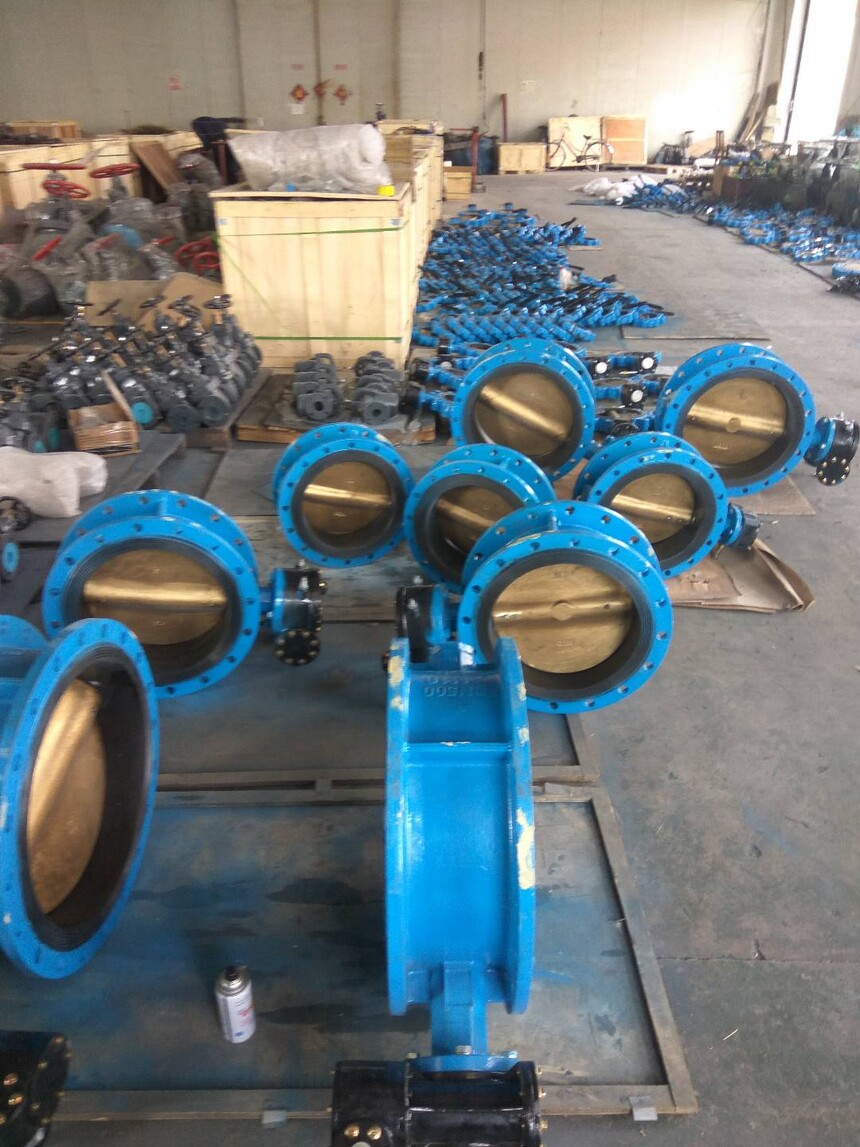|
An Overview of Marine Valves: Essential Components for Naval and Offshore ApplicationsMarine valves are critical components in the vast array of systems employed within the marine and offshore industries. These valves serve as the gatekeepers, regulating the flow of various fluids such as seawater, oil, gas, and chemicals, ensuring the safe, efficient, and controlled operation of ships, rigs, and other maritime structures. This article provides an in-depth exploration of marine valves, discussing their types, functions, materials, design considerations, and the importance of regular maintenance and inspection. Introduction In the harsh and unpredictable environment of the oceans, marine valves play a pivotal role in maintaining the integrity and functionality of numerous systems onboard vessels and offshore platforms. From controlling the flow of cooling water in engines to managing the transfer of hydrocarbons in offshore drilling operations, these valves are engineered to withstand extreme conditions, including high pressures, corrosive environments, and temperature variations. Types of Marine Valves Marine valves come in a variety of designs, each tailored to specific applications and requirements. Some of the most common types include:
Materials and Design Considerations The material selection for marine valves is crucial, as it directly impacts their durability and performance. Common materials include stainless steel, bronze, cast iron, and various alloys, each chosen based on factors such as corrosion resistance, temperature tolerance, and strength. Additionally, valve design must account for ease of maintenance, accessibility for inspection, and compatibility with existing systems. Functions and Applications Marine valves perform a multitude of functions, including but not limited to:
Maintenance and Inspection Regular maintenance and inspection of marine valves are vital to ensure their continued reliability and longevity. This includes checking for leaks, corrosion, wear, and proper functioning of sealing mechanisms. Scheduled overhauls, lubrication, and replacement of worn parts are also necessary to prevent unexpected failures and downtime. Conclusion Marine valves are indispensable components in the marine and offshore industries, enabling safe, efficient, and controlled operations across a wide range of applications. Their design, material selection, and maintenance practices are critical to withstanding the harsh marine environment and ensuring the overall performance and safety of maritime structures. As technology advances, so too does the sophistication of marine valves, with innovations aimed at enhancing durability, reliability, and ease of use. Understanding the intricacies of these valves is essential for anyone involved in the design, operation, or maintenance of marine systems. |

